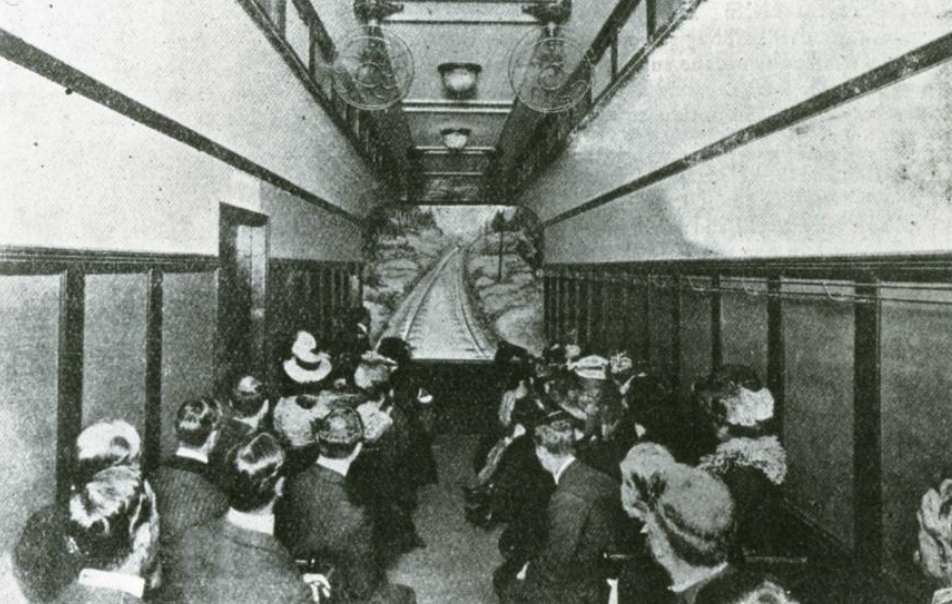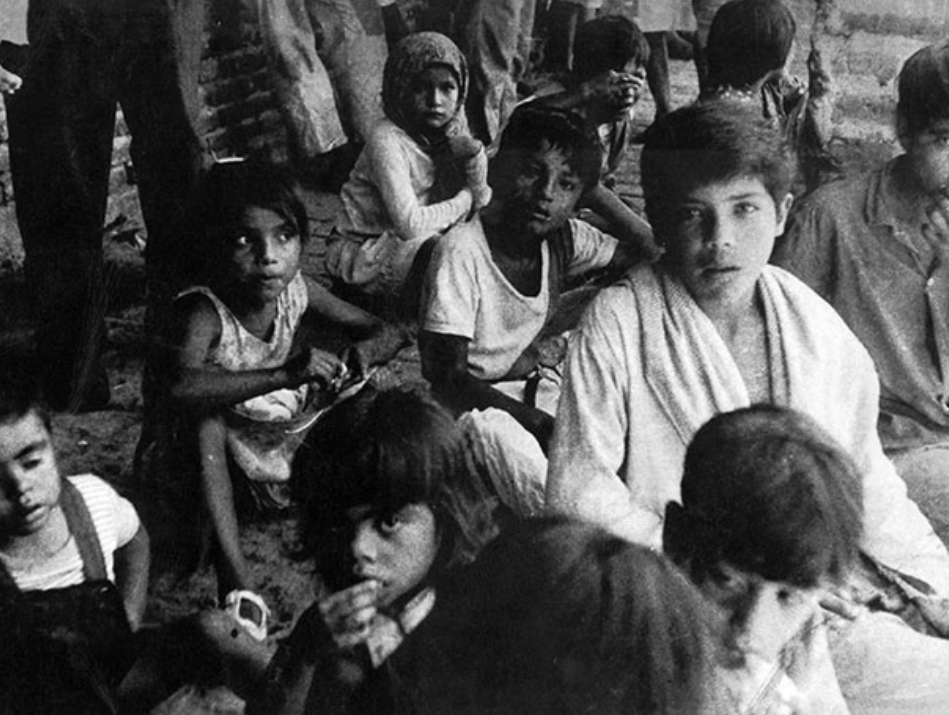Changes in Movies|The Phantom of Memory and the Flow of Time
In a statement originally published in "Vossische Zeitung" in 1928, representatives of Soviet montageism such as Sergei M. Eisenstein and Pudovkin expressed doubts about sound films from an artistic point of view. As the United States further promoted sound films and sound technology to the world, this new media eventually became the mainstream in the global market (Taylor, 2009).
Twenty years later, the "Paramount Act" cracked down on Hollywood's monopoly structure, resulting in a sharp decline in movie theater audiences (Wasko, 2012), and TV programs became an alternative distribution channel for film and television products. Although New Hollywood representative Steven Allan Spielberg emphasized the importance of the experience that theaters bring to audiences on the eve of the Covid-19 outbreak, the effect of the epidemic once made streaming media the main channel for movie distribution.
At the turn of the millennium, Robert Stam proposed "post cinema" with the advancement of digital simulation technology. As Web 3.0 unleashes the digital cultural landscape—based on game engines, VR/AR, blockchain, algorithms and graphics cards (GPUs) on hardware, 5G and fiber optic cables—movie production, distribution and aesthetic narratives are on the way. Fully integrated into the digital form.

With Lev Manovich's post-media aesthetics (2000), the meaning of the word cinema has become ubiquitous in the age of media convergence. With the passing of the pandemic, a century of film projection has turned to 4K, CGI, IMAX and other digital image technologies in an all-round way. The world film industry has also brought twin illusions into the real world with the progress of the industrial Internet.
For Jacques Derrida, memory is the rhetoric of time. It includes the "instinct" of human beings to recall the past and the "things" such as recalled emotions and experiences (Fara & Patterson; 2006), which are only placed in the order of time. Movies, through the lens, preserve the movement of places or objects in technical objects and project them on a two-dimensional plane, becoming a medium for human beings to perceive time. As the seventh art (Canudo, 1911; Münsterberg, 1916), it revolves around movement-image, machine and totality, reconstructing reality through narrative. (Deleuze; 1986)
On a material basis, the film ghostization can refer to a space filmization process from the perspective of train driving in the late 19th century to the early 20th century. As if the eyes of a ghost are flying forward, the series of works has evolved from "Phantom Rides" (1896) to "Hale's Tours" (1904), which incorporates mimicry mechanical devices, symbolizing the journey of the film as a train ghost. The materialization process ( Erkki Huhtamo ; 1995) releases the temporal meaning of the image itself outside the human perspective.

Although the trend of realism in series of long-shots has faded away from the trend of industrialization of narrative films, the montage sequences that emerged thereafter partly continued the traversal nature of the combination of film and physical space. Eisenstein has repeatedly mentioned the possibility of "movie" inheriting landscape roaming from "architecture" - based on the fact that both decompose "phenomenon" into different dimensions and reorganize them in the same space.

As formalism gave way to sound and light situations, the "time-image" deconstructs the whole cinema through modern cinema, becoming a specter that haunts cinema (Deleuze; 1989: 41). At the end of the 20th century, Derrida (1993) proposed ghostology (hauntology), expressing doubts on the macro linear narrative through the reflection of the proletarian revolution suspended by globalization, and exploring the heterogeneous existence of "something that is neither present nor actually present" As an alternative political culture and the possibility of knowledge production.
Compared with Hollywood and other large entertainment companies, movies, a communication tool that extends the practical experience of human society, actually have many huge creative periods. Along with the global colonial liberation movement in the 1960s, the new film wave Cinema Novo (1960-70s) originating from Brazil revolved around issues of war, neoliberalism, and racial class, ushering in the era of documentary activists in social movements.

In the 1990s, globalization and networking enhanced social mobility and restructured people's imagination of national borders, but also exacerbated the phenomenon of loose root identity of transnational immigrants (refugees) and conflicts in cross-cultural identity. Transnational films (Ezra & Rowden; 2006), which essentially originate from the gap between the “global and local” (Ezra & Rowden; 2006), gave birth to a cross-domain collective production model (Ibid.) under the flow of capital, commodities, information, and human resources. Potential memories and desires are gradually revealed after people experience the awakening journey of overseas dispersal.


summary
In 1968, the world image projected by the left-wing democratic movement resisting neoliberalism and military dictatorship entered the grassroots public space through the form of film, opening up the possibility of alternatives to the channels of propaganda and capital discipline. In 1989, the "collapse" of the Berlin Wall kicked off a new world. The diaspora narrative constructed by pluralism and the cultural flow promoted by the global free market inspired people who were separated from the "living" present and gradually lost their face. Invoke/expel (invoke) even beyond the illusions, bloodlines and generational politics that haunted the self in the past.
Through the clarification of the ghostly representation of the movie, the series of texts explores the moments that cannot be completely clear and inappropriate in the mist of time, and thinks about the enlightenment and possibility of human memory as a kind of liberation and inheritance under the prospect of standardization, externalization, and even discreteness of information industry technology. . After the triumph of global finance capital, what is left of the socialist vision? Just like Abby. Aby Warburg described the image memory generated in the past as a kind of "afterlife" (nachleben), and the ghosts immersed in the edge of history and homeless (Unheimlichkeit) will eventually return (regression) to the point of divergence between consciousness and unconsciousness .
Draft 2023.04.12
Like my work? Don't forget to support and clap, let me know that you are with me on the road of creation. Keep this enthusiasm together!


